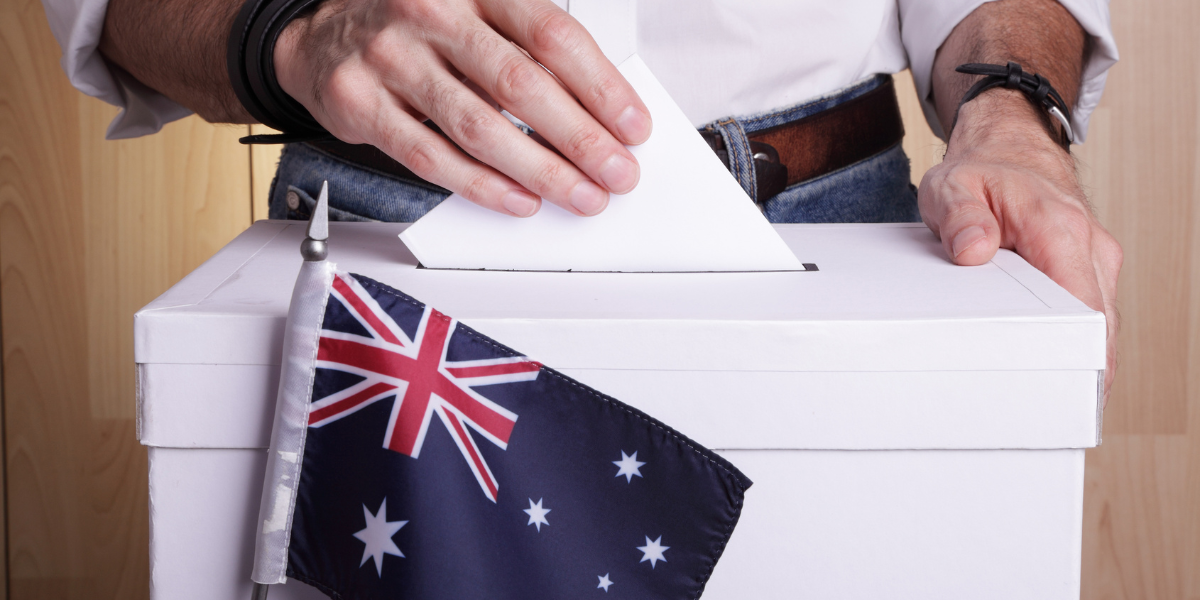Dear Client,
OVERVIEW OF PROPERTY POLICIES FOR THE 2025 AUSTRALIAN FEDERAL ELECTION
As we approach the 2025 Australian federal election, housing has once again emerged as a central issue. Both major parties—Labor and the Coalition (Liberal-National)—have proposed distinct approaches to address housing affordability and supply, each with their own potential benefits and challenges. We have put together a quick summary to help make sense of where each party stands and what their policies might mean for all of us.
Labor Party – Focus on Supply and First Home Buyers
Labor’s primary housing initiative is its $10 billion Housing Australia Future Fund. This plan aims to build 30,000 new social and affordable homes over five years, with a broader goal of 100,000 homes over the next eight. The government is also expanding the First Home Guarantee scheme, which allows first-home buyers to purchase a property with as little as a 5% deposit, backed by a government guarantee.
The strength of Labor’s approach lies in its focus on increasing housing supply. By committing to build more homes—particularly social and affordable housing—the policy attempts to tackle housing affordability at its root. Lowering the deposit hurdle also gives first-home buyers a better shot at entering the market.
However, critics argue that unless construction can keep pace with demand, these policies might unintentionally push prices higher by further stimulating demand. There’s also scepticism about whether the ambitious targets for homebuilding are realistically achievable, especially with labour and material shortages in the construction sector.
Coalition (Liberal-National) – Focus on Demand and Incentives
The Coalition has taken a different tack, focusing more on reducing demand pressures and offering financial incentives. Their key proposals include allowing new homebuyers to claim mortgage interest as a tax deduction and implementing a temporary ban on foreign property buyers. They’ve also proposed reducing immigration levels to ease housing demand.
On the upside, the mortgage tax deduction could offer tangible relief to new homeowners, especially in a high-interest rate environment. The temporary ban on foreign buyers and reduced immigration may also cool demand, which in turn could help stabilise or even lower property prices in the short term.
But there are trade-offs. Cutting immigration and restricting foreign investment might reduce economic growth and affect the construction industry, which relies on strong demand to remain viable. Additionally, critics argue that the tax deduction may end up inflating property prices further by increasing the purchasing power of buyers, particularly those already better off.
Final Thoughts
Labor is betting on long-term investment in housing infrastructure and access for first-home buyers, while the Coalition is prioritising short-term affordability and market cooling strategies. Both platforms have potential merits—but also risks—depending on how they’re implemented and the broader economic context.
It’s a complex issue with no one-size-fits-all solution, but understanding these key differences can help voters make a more informed decision at the ballot box.
The elephant in the room is what each party might do with respect to negative gearing and CGT.
Labor has historically advocated for reforms to negative gearing and CGT, though they’ve backed away from some of the more ambitious changes proposed in earlier election cycles. As of now, the party has not committed to removing negative gearing or altering the 50% CGT discount, but internal pressure and public debate suggest it could resurface as a policy issue if re-elected.
The Coalition strongly supports the status quo on both negative gearing and the CGT discount. They argue that these measures are essential for supporting “mum and dad investors” and keeping rental housing supply stable.
TRUMP’S TARIFFS
Trump’s tariffs likely wouldn’t affect the Australian property market directly, but the secondary effects—via interest rates, economic growth, currency fluctuations, and global investor behaviour—could be meaningful.
Tariffs of the scale proposed will likely lead to heightened global economic uncertainty. A renewed trade war between the U.S. and China—Australia’s largest trading partner—could disrupt supply chains, dampen global trade, and slow economic growth. For Australia, that could mean lower demand for key exports like iron ore and coal, which would in turn hit national income and business confidence. If economic growth slows, we could see reduced consumer sentiment and investment activity—including in real estate.
Tariffs tend to raise prices by making imports more expensive, which can lead to higher inflation. If global inflation rises as a result, central banks—including the Reserve Bank of Australia (RBA)—could respond by keeping interest rates higher for longer or even hiking further. Higher borrowing costs tend to suppress housing demand, particularly among first-home buyers and investors relying on financing. So, indirectly, Trump’s tariffs could put downward pressure on Australian property prices by maintaining a tight monetary environment.
If Trump’s tariffs exacerbate global supply chain issues, Australia could face continued or renewed cost pressures in construction—materials like steel, timber, and equipment could become more expensive or harder to source. This would likely delay projects and increase costs, contributing to a constrained housing supply, which could support property prices even in a softer demand environment.
Lastly, property is often seen as a relatively safe haven during times of geopolitical or economic instability. If Trump’s policies lead to significant global market volatility longer term, some investors might shift more capital into real estate—particularly residential property—as a defensive asset.
Thank you for your ongoing support!
Regards David, Benjamin & the Team at DB Philpott Real Estate




